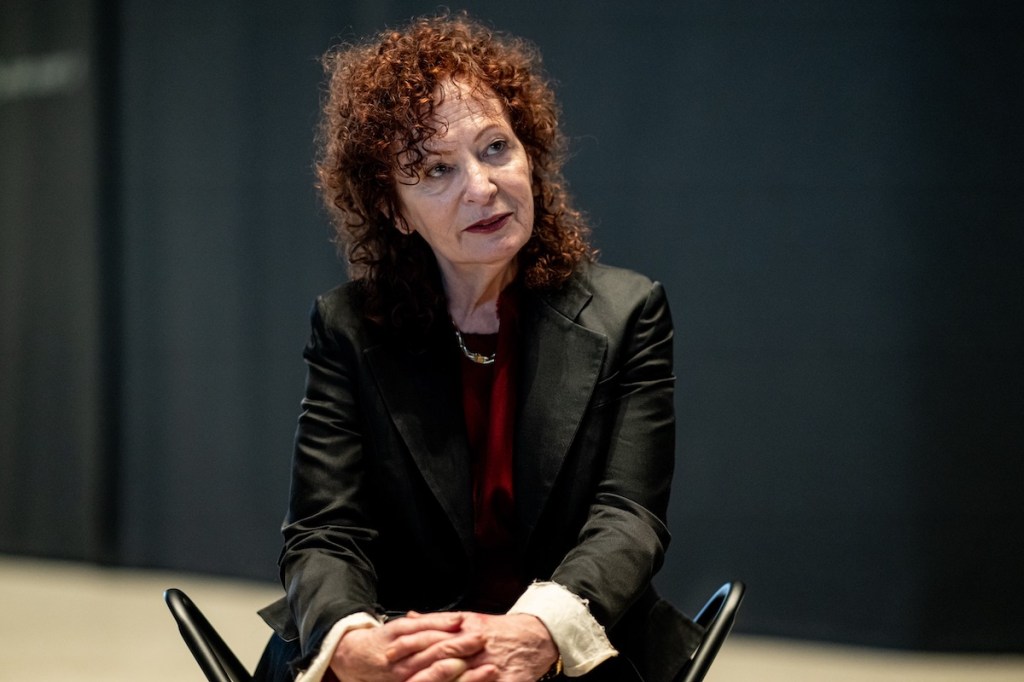One of Gustav Mahler’s most powerful New York experiences was a funeral procession he watched from a hotel window. A fireman had drowned in a burning building. It is often surmised that the stark military drum commencing the finale of Mahler’s unfinished Tenth Symphony was a result.
Tickets are now on sale for “Mahler in New York” – an April 4 program combining music, film, and a foretaste of my new novel The Marriage: The Mahlers in New York. I’ll be reading my rendering of the fireman’s funeral – as it played out inside Gustav Mahler’s head.
The room – at the Dimenna Center on W. 37th Street — is small and may sell out quickly.
This singular event is the brainchild of Michel Galante, whose Argento New Music Project has long been a fixture on New York’s new-music scene. Alongside my reading, Michel will lead the premiere of his new chamber-ensemble orchestration of the second half of Mahler’s Tenth. And Hilan Warshaw will share an excerpt from his film-in-progress on Mahler in New York.
Michel writes that the manuscripts for the fourth and fifth movements of Mahler’s Tenth (both left unfinished) contain texts that “function posthumously as a diary into Mahler’s thoughts and feelings, expressing rank desperation and devastation at the series of crises and renewals he experienced during the last chapters of his life. What makes this music special is that he musically captures complex emotions previously unexplored in his other music and in the music that came before him.”
Here’s a taste of my reading, lifted from my new book:
He was working in bed, in pajamas, his correspondence propped on a board, when he heard from afar Chopin’s funeral march per- formed by parading winds. The impersonality of this familiar cere- monial rendition, with its thudding bass drum, its droning trumpets and lockstep clarinets, redoubled the music’s sad finality. He stepped to the window. Looking down to the right, he could see a massive cortege a dozen blocks away flanked by bare-headed throngs. His features lost their rigor and tears coursed down his creased and pallid cheeks.
The precise nature of this processional was at that moment of scant interest to him. Of course, he shuddered with memories of Putzi. But public rituals of mourning had all his life stirred him strangely. They were in fact written into the dirges of his symphonies. They resonated with the synagogue sobs and wails and with the folksong sadnesses that laced with the quotidian his layered musical language. He had even composed, to Alma’s dismay, a singular series of Kindertotenlieder, which she believed presaged Putzi’s fate. The sources of this morbid susceptibility were known and unknown to him. It was a topic that he had never meticulously pursued, broaching realms of unease that he resisted analyzing. Rather – in his mind, in his music – he preferred to submit to streams of thought and feeling half-conscious, half-subliminal.
He could now identify the horse-drawn casket. Red-uniformed firemen comprised the massive core of the processional, fronted by mounted policemen. The band uniforms were also police blue. It was the deputy fire chief who had drowned in the flooded basement of a burning furniture store. Alma had read about it in the Staats-Zeitung.










